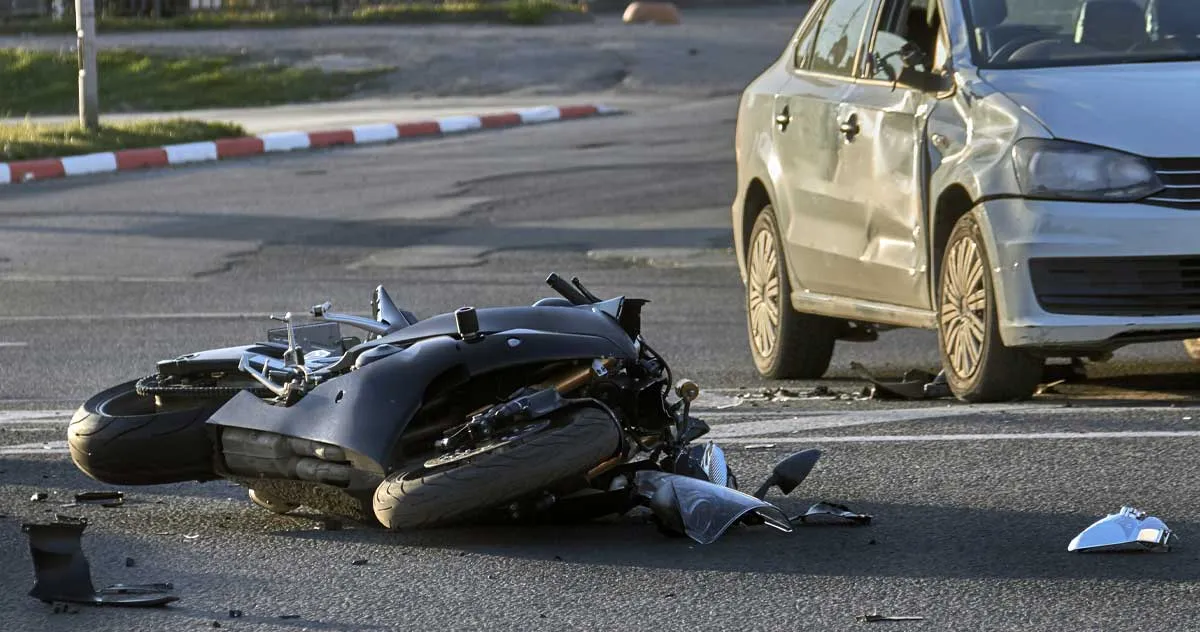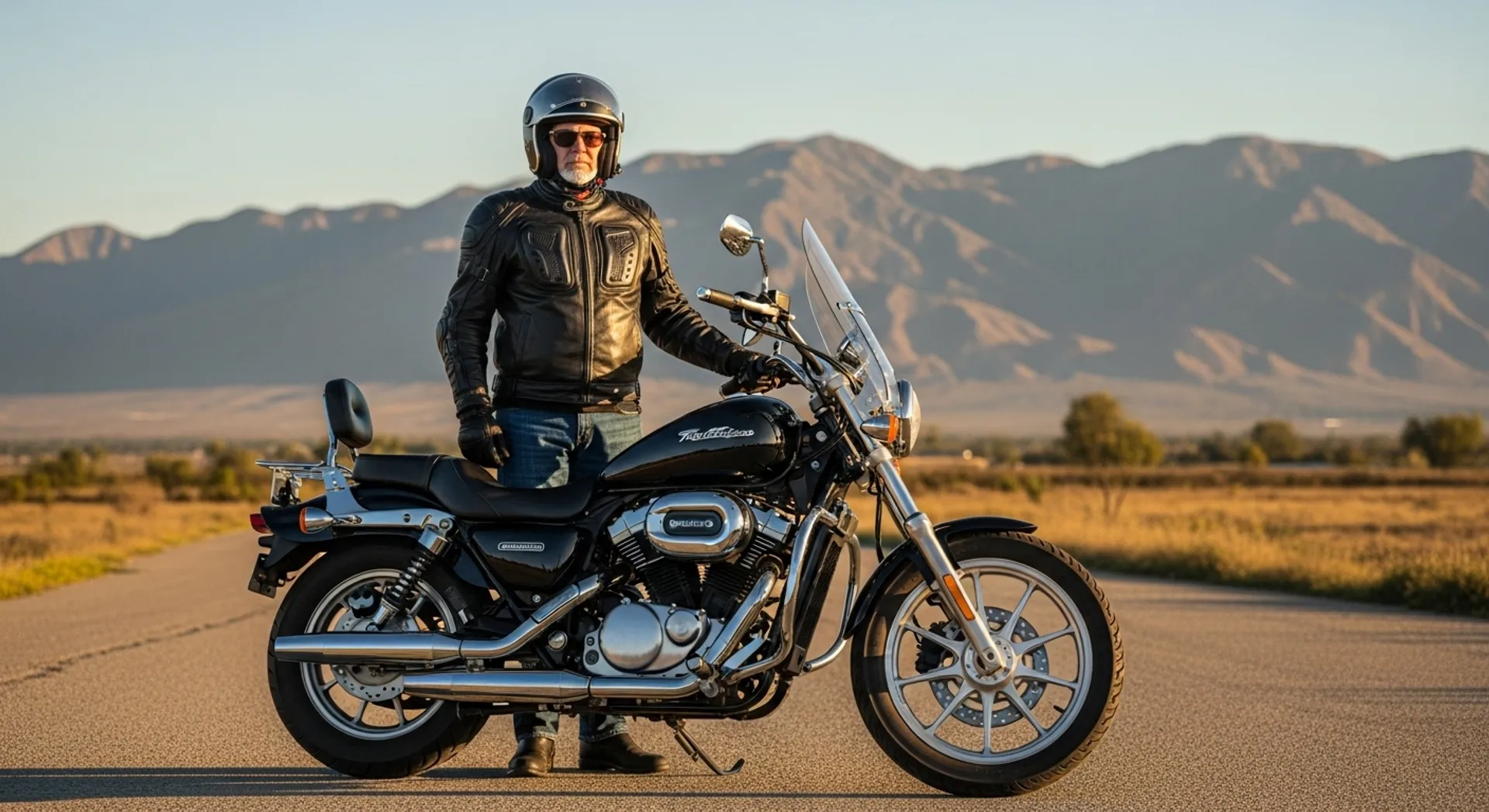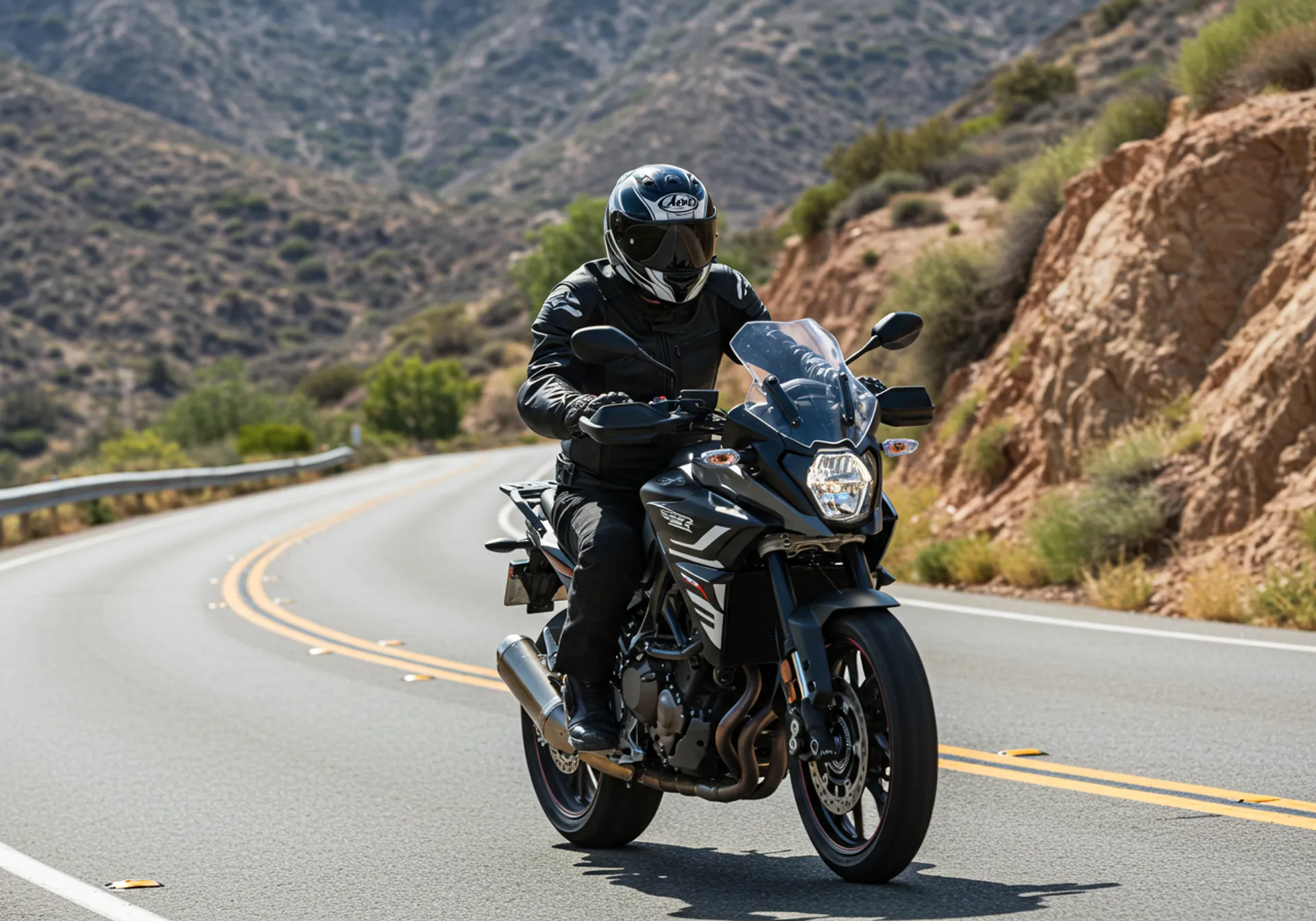Being involved in a motorcycle accident can be a terrifying experience. Whether you’ve been hit by another vehicle, lost control on a slick road, or were involved in a collision with a pedestrian, knowing how to respond in the moments following the accident can significantly impact your health, legal rights, and potential for compensation. In San Bernardino, motorcycle accidents are unfortunately common, and how you handle the situation can make all the difference in your recovery.
In this blog, we’ll walk you through the essential steps to take immediately after a motorcycle accident, ensuring your safety, health, and legal rights are protected.
1. Check for Injuries and Ensure Your Safety
The first priority after any accident is ensuring your safety and checking for injuries. Motorcycle accidents often result in serious injuries, but sometimes the shock and adrenaline can mask pain, especially in the moments following the crash.
-
Check yourself for injuries: After the accident, take a moment to assess yourself. Even if you don’t feel pain, it’s important to check for visible injuries like cuts, bruises, or bone fractures.
-
Check on your passengers: If you had any passengers on your motorcycle, make sure they are safe and not severely injured.
-
Move to a safe location: If possible, move yourself and your motorcycle to the side of the road or a safer area away from traffic. If you cannot move, remain where you are to avoid further injury.
If you or anyone else is seriously injured, call 911 immediately. Do not attempt to move anyone who appears to have a serious injury (especially neck or back injuries), as this can cause further harm.
2. Call the Police
In California, you are required to report all accidents to the police, especially if there are injuries or significant property damage. Even if the accident seems minor, having an official police report can be crucial for your insurance claim and legal case.
-
Provide a detailed account of the accident: When the police arrive, give them an honest and accurate account of what happened. Stick to the facts and avoid making assumptions or admitting fault.
-
Request a copy of the police report: After the officers complete their investigation, request a copy of the accident report. This document will contain important information about the accident, including the police officer’s observations and any citations issued to the other party.
The police report will serve as a key piece of evidence if you need to pursue a personal injury claim or if liability for the accident is disputed.
3. Gather Information from the Other Driver(s)
If the accident involved another vehicle, it’s essential to exchange contact and insurance information with the other driver(s) involved in the crash. This information is necessary for filing insurance claims and for any potential legal action.
-
Driver’s information: Obtain the other driver’s name, phone number, address, driver’s license number, license plate number, and the make and model of their vehicle.
-
Insurance information: Get the name of the other driver’s insurance company, their policy number, and the claim number if available.
-
Witness information: If there were any witnesses to the accident, ask for their contact information and a brief statement of what they saw.
Tip: Avoid apologizing or admitting fault at this point. The facts of the accident will need to be determined through evidence and investigation, and anything you say can be used against you later.
4. Take Photos of the Scene
Photos are one of the most important pieces of evidence in any accident case. They can help establish the cause of the accident, the extent of the damage, and the conditions surrounding the crash. As long as you’re able, take the following photos:
-
Your motorcycle and any vehicle involved: Take pictures of your motorcycle, the other vehicles involved, and any visible damage to them.
-
The accident scene: Capture the area where the accident occurred, including traffic signals, signs, skid marks, and any obstructions that may have contributed to the accident.
-
Road conditions: If road conditions played a role in the accident (e.g., potholes, debris, or slick roads), make sure to document those as well.
-
Injuries: If you’ve sustained visible injuries, take photos of them, too. These can be used to document the extent of your injuries for insurance and legal purposes.
These photos will be valuable when filing an insurance claim or pursuing a personal injury lawsuit.
5. Seek Medical Care, Even If You Don’t Feel Injured
One of the most critical steps after a motorcycle accident is to seek medical attention, even if you don’t feel seriously injured. Motorcycle accidents often cause injuries that are not immediately apparent, such as concussions, whiplash, or internal injuries. Adrenaline can mask pain, so it’s essential to have a healthcare professional evaluate you.
-
Go to the emergency room: If you’ve been involved in a serious accident, it’s best to go to the hospital right away for a full evaluation, especially if you’re experiencing pain or discomfort.
-
Follow up with your doctor: Even if you don’t feel injured, it’s wise to see your regular doctor as soon as possible. They can check for any hidden injuries and provide the necessary treatment.
-
Keep detailed medical records: Document all medical treatments, diagnoses, and doctor visits. These records will be crucial if you need to file an insurance claim or pursue legal action.
Tip: Seeking medical attention not only protects your health but also helps establish a clear link between the accident and any injuries you may have sustained.
6. Consult with a San Bernardino Motorcycle Accident Lawyer
After a motorcycle accident, it’s important to protect your legal rights. Whether you’re dealing with insurance companies, filing a claim, or considering a personal injury lawsuit, having an experienced motorcycle accident lawyer in San Bernardino on your side can make a huge difference.
A lawyer can help you:
-
Navigate the insurance claims process: Insurance companies often try to offer settlements that are lower than what you deserve. A lawyer can negotiate with them on your behalf.
-
Investigate the accident: Lawyers can conduct a thorough investigation into the accident, gathering evidence and speaking with witnesses to build a strong case.
-
Help prove fault: In motorcycle accident cases, proving fault is often crucial. A lawyer will help gather the necessary evidence to demonstrate the other party’s negligence.
Tip: Consult with a lawyer as soon as possible to ensure your legal rights are protected and that you don’t miss any important deadlines for filing a claim.
7. Avoid Common Mistakes
After a motorcycle accident, it’s easy to make mistakes that could hurt your case later on. Here are some common mistakes to avoid:
-
Admitting fault: Even if you think you were partly to blame for the accident, don’t admit fault at the scene. The facts will need to be determined through an investigation.
-
Accepting a low settlement offer: Insurance companies may offer a settlement quickly to close the case, but it’s often much lower than what you’re entitled to. Consult with a lawyer before accepting any offer.
-
Failing to document injuries or damages: Not taking photos or keeping medical records can make it harder to prove your injuries and damages later.
By avoiding these mistakes and following the right steps, you can protect your legal rights and ensure that you get the compensation you deserve.
Conclusion
A motorcycle accident in San Bernardino can be a traumatic event, but knowing what to do immediately afterward can make a big difference in your recovery, both physically and legally. From checking for injuries and calling the police to seeking medical care and consulting with an attorney, taking the right steps after an accident can help protect your health and your legal rights.
If you’ve been injured in a motorcycle accident, don’t hesitate to reach out to an experienced motorcycle accident lawyer. With the right legal representation, you can navigate the claims process and ensure that you get the compensation you need to recover and move forward. Stay safe, and remember that help is available when you need it most.



